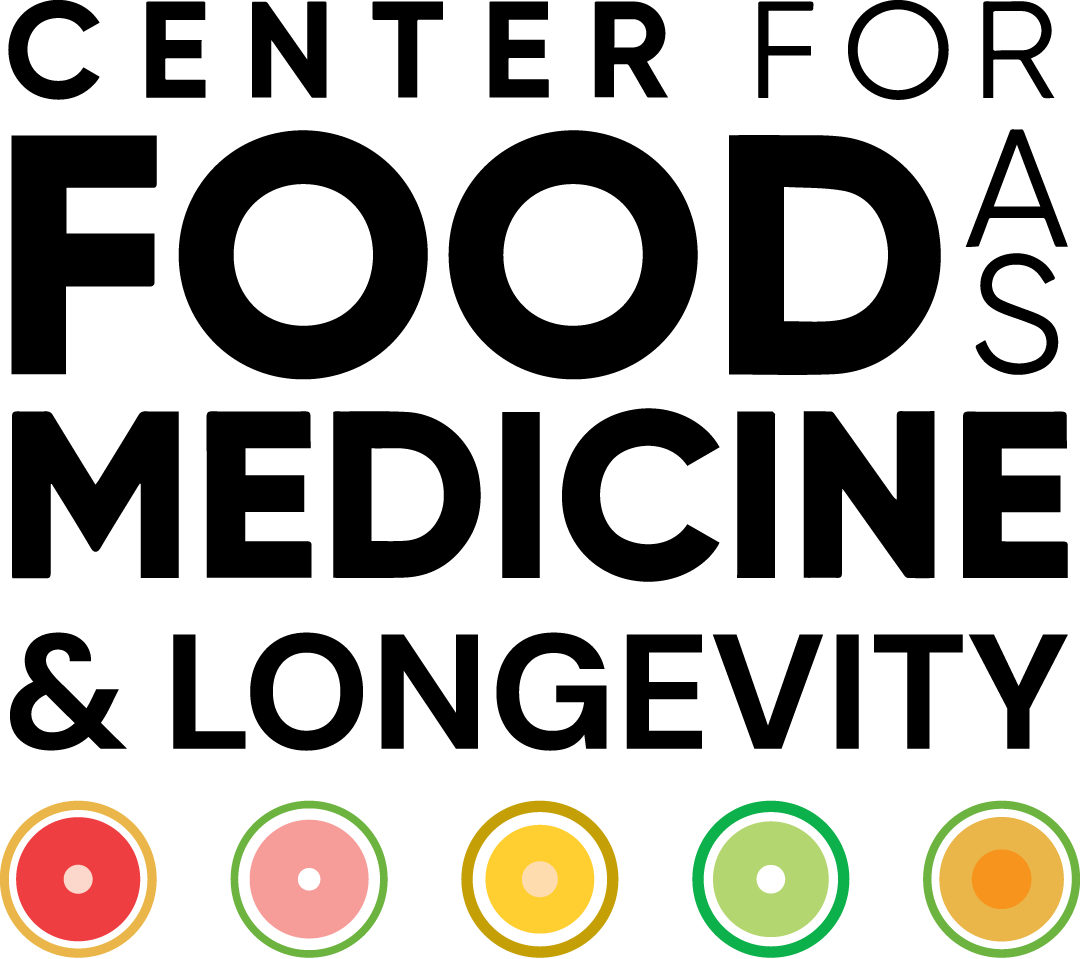US tobacco companies selectively disseminated hyper-palatable foods into the US food system: Empirical evidence and current implications
“If you know the enemy and know yourself, you need not fear the result of a hundred battles. If you know yourself but not the enemy, for every victory gained, you will also suffer a defeat. If you know neither the enemy nor yourself, you will succumb in every battle.”
– Sun Tzu, The Art of War (written in the 5th century BC).
As a cardiologist, I witnessed the power of addiction firsthand in the form of cigarette smoking. On the front lines, it was often discouraging to watch individuals continue to smoke cigarettes even after suffering heart attacks, heart muscle damage, and having to undergo revascularization procedures like coronary stents or bypass surgery. These were the results of tobacco companies formulating products decades earlier to maximize their addictiveness at the expense of public health, eventually incurring federal regulation as a result.
But unlike lighting up a cigarette or pouring an alcoholic beverage, eating is not an optional exercise. In adhering to the NOVA classification of ultra-processed foods (UPFs, NOVA Group 4) in our teaching of Culinary Medicine, one of the defining characteristics is that these industrially produced comestibles are intentionally crafted to be hyper-palatable. Indeed, increasing evidence suggests that product formulation, or how certain foods are made, plays a key role in their impact on health.
By understanding why and how certain foodstuffs, particularly UPFs, evolved into their current forms, we can better adapt and develop strategies to help consumers navigate their food choices. Previous research has demonstrated that by using the same criteria that were applied to cigarettes, highly processed foods like UPFs meet the definition of an addictive substance.[1] This current study continues the analysis by examining the impact of large tobacco companies applying the cigarette “playbook” to manufactured foods during their marketplace dominance from the late 1980s to early 2000.
The Study:
- Examined the period from 1988 to 2001.
- During this time, tobacco giants Philip Morris (PM) and R.J. Reynolds (RJR) expanded from their base in the cigarette industry into food manufacturing by acquiring Kraft & General Foods (PM) and Nabisco (RJR).
- Collectively, RJR and PM dominated the food industry during this period (Nabisco and Kraft Foods eventually became part of Mondelez International in the early 2000s).
- Identified the food brands that were tobacco company-owned.
- Characterized the foods produced as hyper-palatable (e.g., UPFs) or not.
The Take-Away:
- The steepest increase in the availability of hyper-palatable foods occurred during the period examined (1988-2001).
- Quantitative measures of hyper-palatability were used, e.g., foods were considered hyper-palatable if they contained any of the following three combinations:
- greater than 25% of energy from fat and containing 0.3% or more sodium (FSOD)
- greater than 20% of energy from fat and greater than 20% of energy from sugar (FS)
- greater than 40% of energy from carbohydrates and containing 0.2% or more sodium (CSOD).
- Tobacco ownership was consistently associated with the development of food hyper-palatability over time, such that if a food item was produced by one of these companies, it was over 30% more likely to be hyper-palatable.
- A more recent analysis (2018 data) shows such manufactured products’ continued prevalence and widespread saturation of the US Food system.
- The current food environment (e.g., the prevalence of UPFs) was likely molded on this production model as companies that were “not tobacco-owned observed the success and market competitiveness of tobacco-owned food companies and began producing HPF to remain competitive in the market.”
- Such manufactured food can excessively activate brain reward neurocircuitry and result in dysregulation of the normal food motivation process in a fashion “similar to other substances of abuse, including nicotine.”
- Such hyper-palatable foods, i.e., UPFs, are a distinctly different entity compared to naturally derived foods and require specific scrutiny.
The Caveats:
- The analysis was based on information from disparate databases which makes comparisons difficult.
- Causality cannot be inferred from this cross-sectional and longitudinal analysis.
[1] Gearhardt, AN, DiFeliceantonio, AG. Highly processed foods can be considered addictive substances based on established scientific criteria. Addiction. 2023; 118(4): 589–598. https://doi.org/10.1111/add.16065
The Study: Fazzino, Tera L.; Jun, Daill; Chollet-Hinton, Lynn; Bjorlie, Kayla. (2023) US tobacco companies selectively disseminated hyper-palatable foods into the US food system: Empirical evidence and current implications. Addiction. 18(10): e0291305. https:// https://doi.org/10.1111/add.16332.

